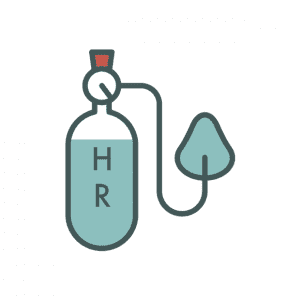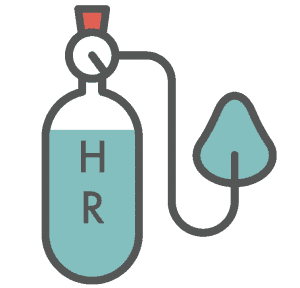If you had to bet your hard earned cash on backing me or Jo Konta to win a match at Wimbledon this week, which one would you choose?
I’m going out on a limb here, and guessing you plumped for Jo!! After all, setting aside her natural aptitude, significant time and financial investment has been made in her skills training and coaching.
Aptitude + Training = Better chance of success
Obvious, right? So, given this obvious equation, why don’t more business owners apply this same principle to staff, and better recognise the importance of employee training and development?
Most business managers wouldn’t hire unqualified employees. But many of them do employ under-qualified workers. Sometimes employees become under-qualified due to changing technology or the development of new methods. Not all training has to be expensive. Job shadowing from a more experienced employees costs nothing! Some training does require investment, however, not training your employees also comes at a cost!
1. Untrained employees = Unhappy employees
Untrained employees ‘don’t win’! They feel inadequate, underachieving, or unsupported and are unhappy. They aren’t satisfied in their work, which will cause them to underperform, make mistakes, and care less about their output. That costs the business in lost time and money.
2. Untrained staff are less productive
The quality of their work is lower and of less value. The quality in performance is lower than it could (or should) be.
3. Untrained staff are less efficient
More time (and therefore money) and effort is spent when employees aren’t fully or properly trained to perform their tasks or to fulfil their responsibilities. It takes them longer to do the work.
4. Lost time/money due to mistakes
When an untrained employee makes a mistake, the time and materials used are lost. The work then has to be done again. Or worse, the inadequate product was delivered to the client.
5. An increase in costs
These are more difficult to track or attribute to untrained staff, but they are there. Creating a brochure or a poster incorrectly means reprinting the file. That means it takes more time to fix the mistake, more materials cost in paper and ink, and more time rechecking the work. If it were done correctly the first time, these costs wouldn’t be there.
6. Insufficient staff training means lost customers
Untrained employees can cause many of the mistakes listed above, and those mistakes and inefficiencies can cause your business to lose customers. That is the worst possible scenario, but it can happen.
Training programmes and costs have an easily measured up-front cost of time and money. Those items are difficult to handle on a tight budget. However, added costs of poorly trained staff shows the importance of training employees. These costs aren’t itemised on a balance sheet, so they are often ignored or unseen.
Having a trained workforce means your staff are learning new skills that can improve production, cut time spent in creation of your product (or service), reduce production costs, reduce mistakes, build confidence in your workforce, and create a better working environment. An investment in your employees’ skill sets is an investment in your company. When someone gets better, everyone gets better.
Convinced, but not quite sure how to get started? I can help you identify your key training needs and then help you get them delivered as cost effectively as possible. Call or email me today to find out more about how I can help you to upskill your teams.





















